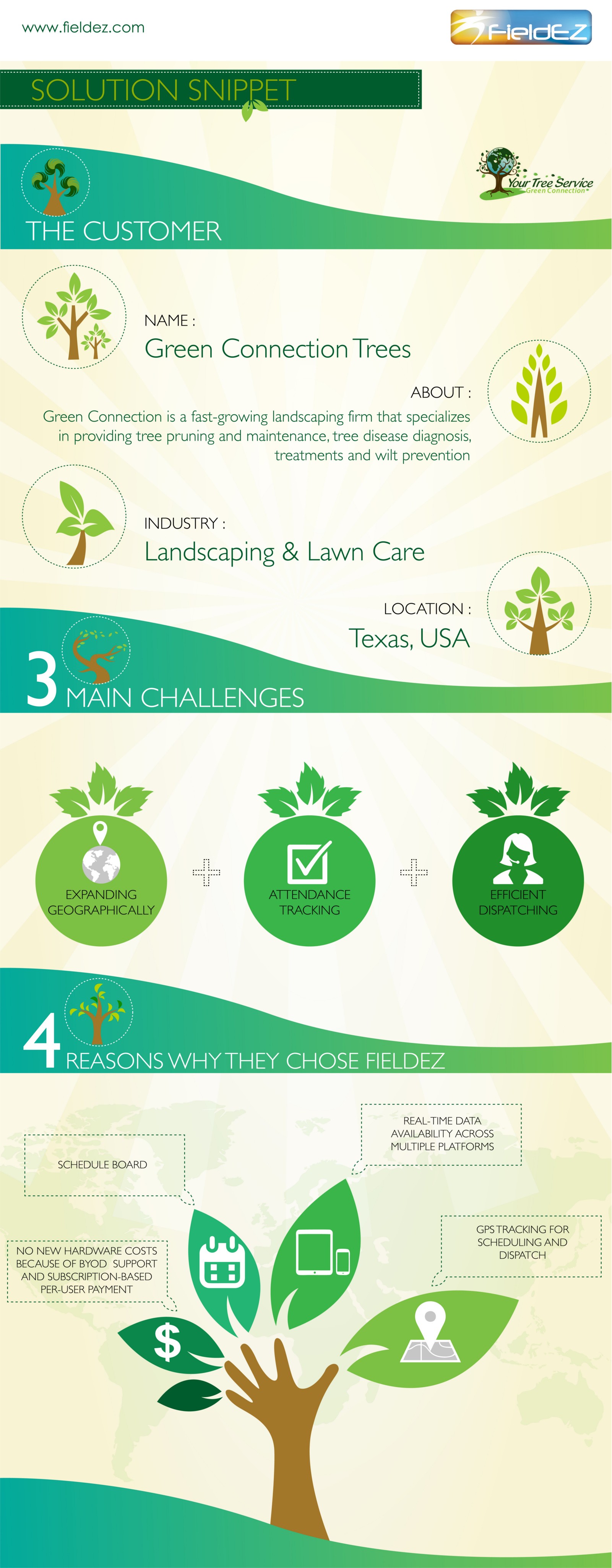Protecting Your Landscape: Replanting After Tree Elimination
Protecting Your Landscape: Replanting After Tree Elimination
Blog Article
Staff Author-Poulsen Upton
Tree removal can leave a void in your landscape that requires dental filling. You can plant something brand-new in that space, however it takes extra treatment and attention at the starting to help it grow.
The dirt in that area will certainly keep altering with time as microbes break down the old origins. That can impact the nutrition equilibrium and physical area for brand-new development.
Soil
The dirt in a story where a tree has actually been gotten rid of is most likely to be really different from the remainder of your yard or lawn. The roots of the old tree and the stump will have altered the dirt, getting rid of some nutrients and possibly crowding out various other plants. Furthermore, if the previous tree was unhealthy, the contagious agent might still be in the ground.
The existence of roots promotes an abundant and diverse area of soil microorganisms that enhances vital procedures like vitamins and mineral biking and organic matter disintegration. Without these microorganisms, the displaced soil can become less productive and nutrient-depleted, with an adverse influence on plant development.
Before replanting, the dirt should be eliminated of debris and natural material (such as wood chips from stump grinding). You might desire to mix in potting dirt or indigenous dust with this garden compost to provide your new growing with an atmosphere that is well balanced and filled with nutrients.
Water
Tree roots absorb large quantities of water from the soil. Link Website adds nutrients back to the dirt, specifically nitrogen, which is important for brand-new trees and plants. However, old soil can be diminished of these vital minerals because of the rotting roots and stump from a removed tree.
This is why it's important to have a prepare for the future of your landscape. Preferably, the most effective time to plant is when you have a clean slate.
Whether you're planting turf or blossoms, see to it to utilize a soaker pipe to avoid overwatering your brand-new landscaping. If the location was a yard, ensure to cover the dirt with natural compost to aid maintain wetness in the soil, control soil temperatures and subdue weeds. This also provides a layer of protection for young plants and promotes worm task. After that, on a regular basis restore the compost to continue enhancing the soil nutrient thickness and microbial life. This is called soil restoration.
Light
Trees are a fantastic addition to any type of landscape, offering color, aesthetic pulchritude, and many other benefits. Nevertheless, often trees end up being undesirable as a result of a variety of factors, including illness, bug invasions and natural aging.
In such instances, it might be needed to get rid of a tree. It is very important to think about the worth of a particular tree in your landscape design and take the correct steps to guarantee that the removal is done safely and efficiently.
During the late summertime, it's a suitable time to do maintenance and inspections on existing trees. Search for signs of disease, insect problems, or architectural damages, in addition to any kind of possible threats such as weakened or leaning trees.
Prior to starting any construction jobs, make certain to safeguard the root areas of existing trees by avoiding dirt compaction and grading around them. Raw material, as it breaks down, can generate harmful gases that are destructive to the origins of a tree. It's also an excellent concept to mulch the location around a tree after building has finished to conserve moisture and reduce weed development.
Temperature
Trees are necessary to a landscape for their visual appeal, however they additionally play a crucial duty in the regional community by giving shade and windbreaks. They support wildlife habitats and reduce the amount of carbon dioxide airborne, which can add to worldwide warming. This is why it is suggested to replant trees after getting rid of one from the home.
When replanting a brand-new tree in the area of a previous stump, the soil might not have sufficient nutrients to sustain it. It is best to wait on a year before planting to make sure that the dirt will be rich in nutrients.
To ensure that replanted trees grow, it is important to give them with proper treatment. A layer of mulch will certainly keep soil dampness from evaporating, control soil temperature level, and help subdue weeds. Learn More Here is the favored selection since it enhances soil fertility. Ongoing fertilization and bug control are also important for replanted trees.